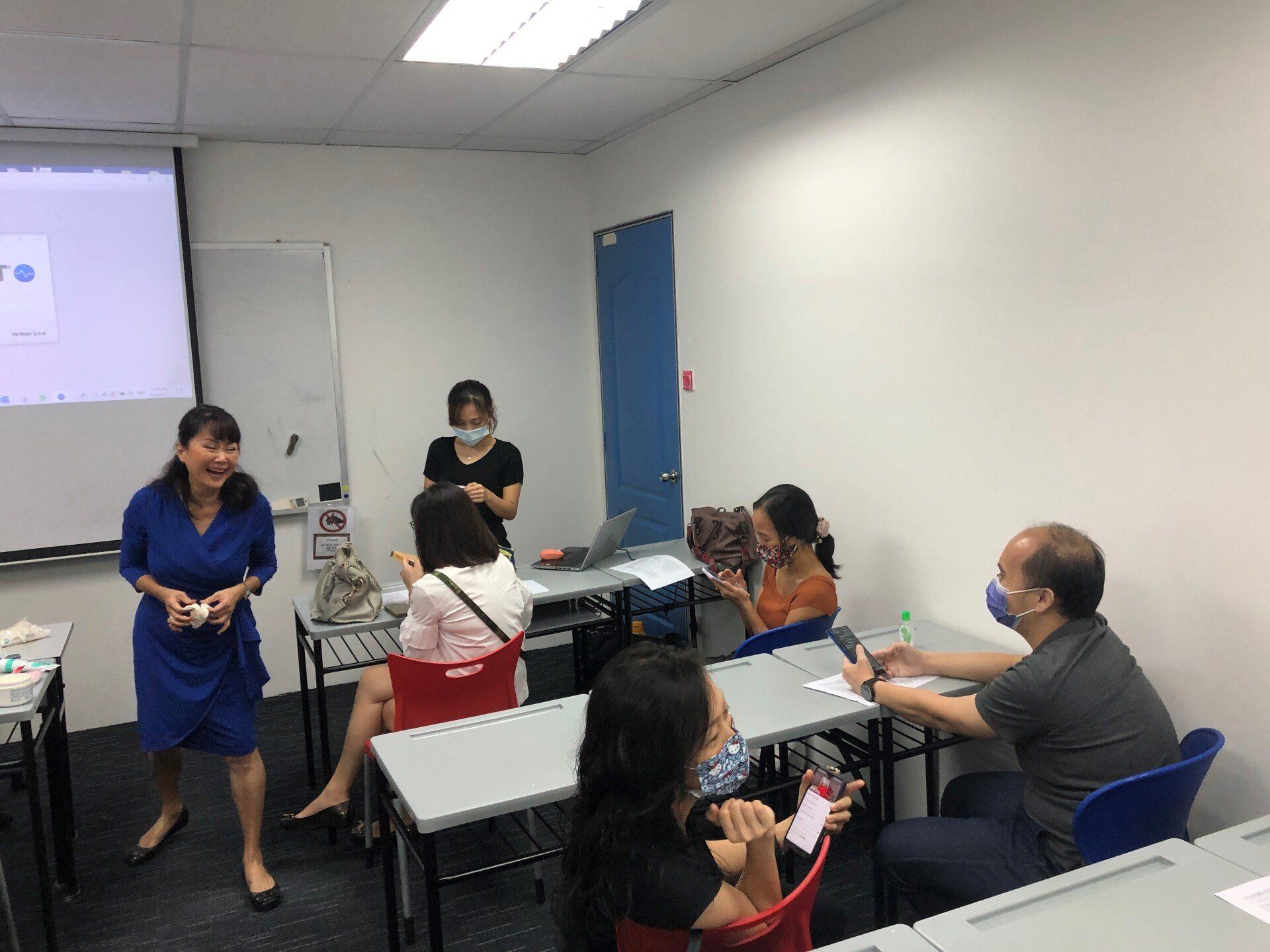LINGGUO SYNAPZ
Neurofeedback Therapy
Study shows that in-sync brainwaves predict learning
Study shows that in-sync brainwaves predict learning.
The Temporal Dynamics of Brain-to-Brain Synchrony Between Students and Teachers Predict Learning Outcomes
Education is a fundamental pillar of our society, and its success largely depends on the quality of the interaction between students and teachers. Recent advances in neuroimaging techniques have allowed us to better understand the neural mechanisms underlying social interactions, including those between students and teachers. In a recent study published in Psychological Science, researchers explored the temporal dynamics of brain-to-brain synchrony between students and teachers and its impact on learning outcomes.
The study involved 32 teacher-student pairs who participated in a 20-minute teaching session. During the session, the teacher explained a complex scientific concept to the student while their brain activity was recorded using functional near-infrared spectroscopy (fNIRS), a non-invasive neuroimaging technique that measures changes in blood oxygenation in the brain. The researchers analyzed the data to identify the temporal patterns of brain-to-brain synchrony between the teacher and student.
The results showed that the level of brain-to-brain synchrony between the teacher and student varied over time, with periods of high and low synchrony. Interestingly, the periods of high synchrony were associated with better learning outcomes, as measured by a post-session quiz. Specifically, the degree of synchrony during the first five minutes of the session predicted the student's learning outcome, indicating that the early stages of the interaction are crucial for establishing a productive teacher-student relationship.
The researchers also found that the teacher's brain activity was more predictive of the student's learning outcome than the student's brain activity. This suggests that the teacher plays a more significant role in facilitating effective learning than the student. Additionally, the study found that the synchrony between the frontal and parietal regions of the brain was most predictive of learning outcomes, indicating that these brain regions are crucial for successful teacher-student interactions.
The findings of this study have important implications for education. They suggest that the quality of the interaction between students and teachers is crucial for successful learning outcomes, and that the early stages of the interaction are particularly important. The study also highlights the potential of neuroimaging techniques to provide insights into the neural mechanisms underlying social interactions.
In conclusion, the study sheds new light on the temporal dynamics of brain-to-brain synchrony between students and teachers and its impact on learning outcomes. The findings provide valuable insights into the neural mechanisms underlying successful teacher-student interactions and highlight the importance of establishing a productive relationship early on. These findings have the potential to inform the development of more effective teaching strategies that could improve learning outcomes for students.
Source: The Temporal Dynamics of Brain-to-Brain Synchrony Between Students and Teachers Predict Learning Outcomes, Psychological Science (2023). DOI: 10.1177/09567976231163872
Journal information: Psychological Science
Neurofeedback Blog

Lingguo Synapz
Phone: 91069556
Email: lingguosynapz@gmail.com
#02-33, KAP Mall
9 King Albert Park
Singapore 598332